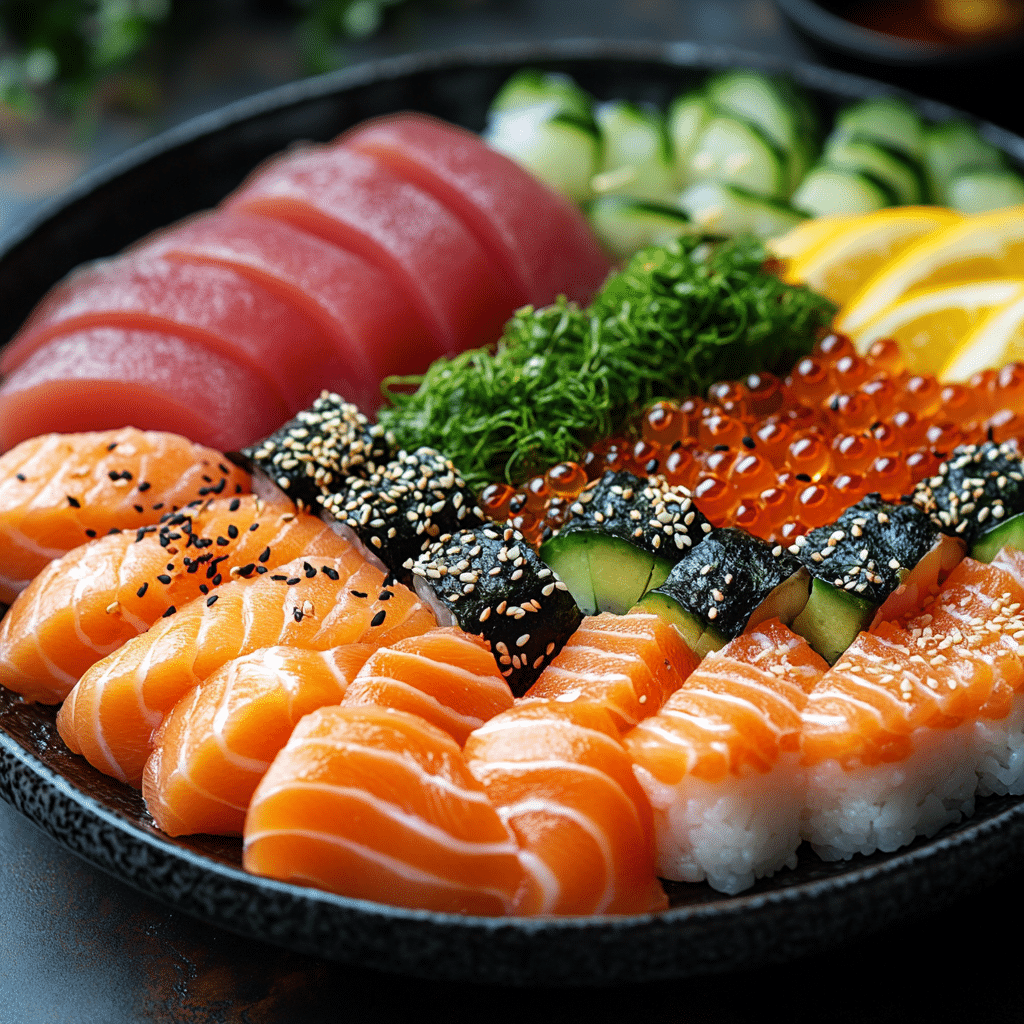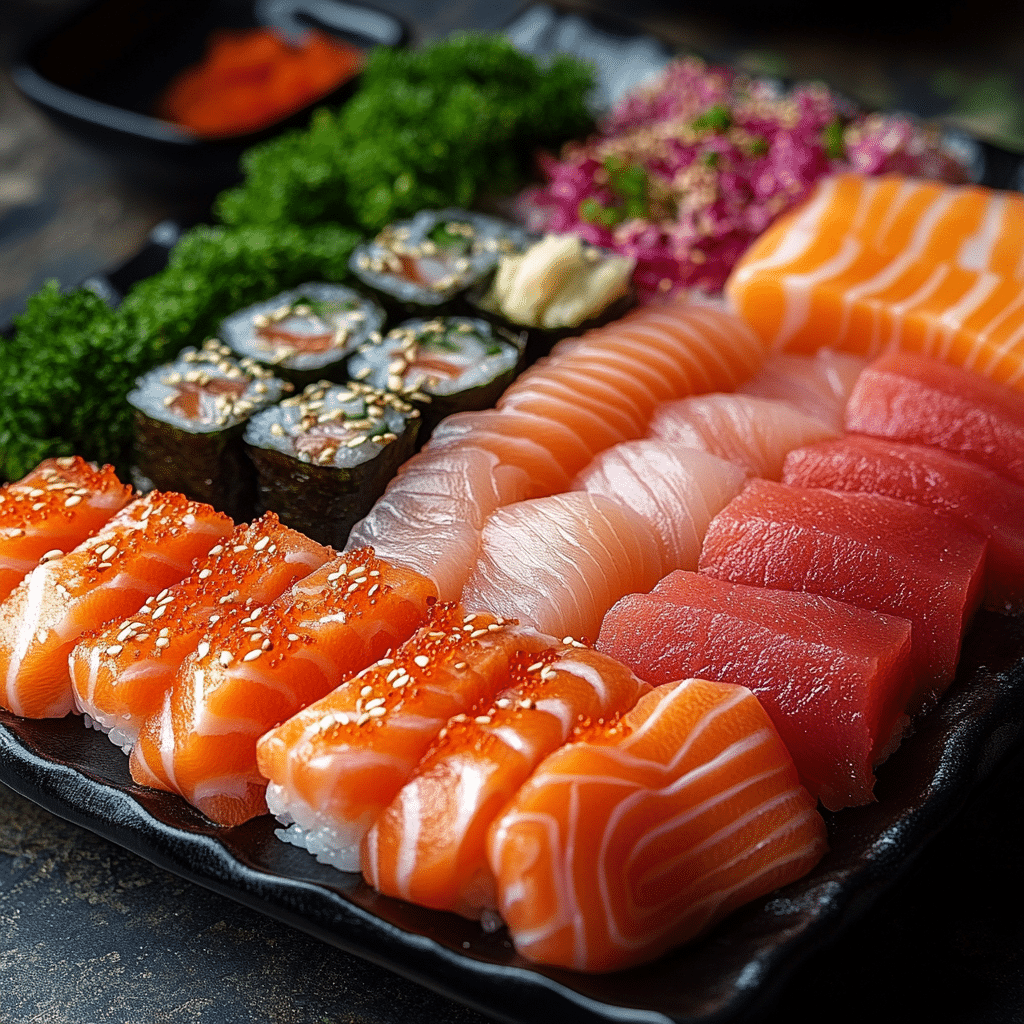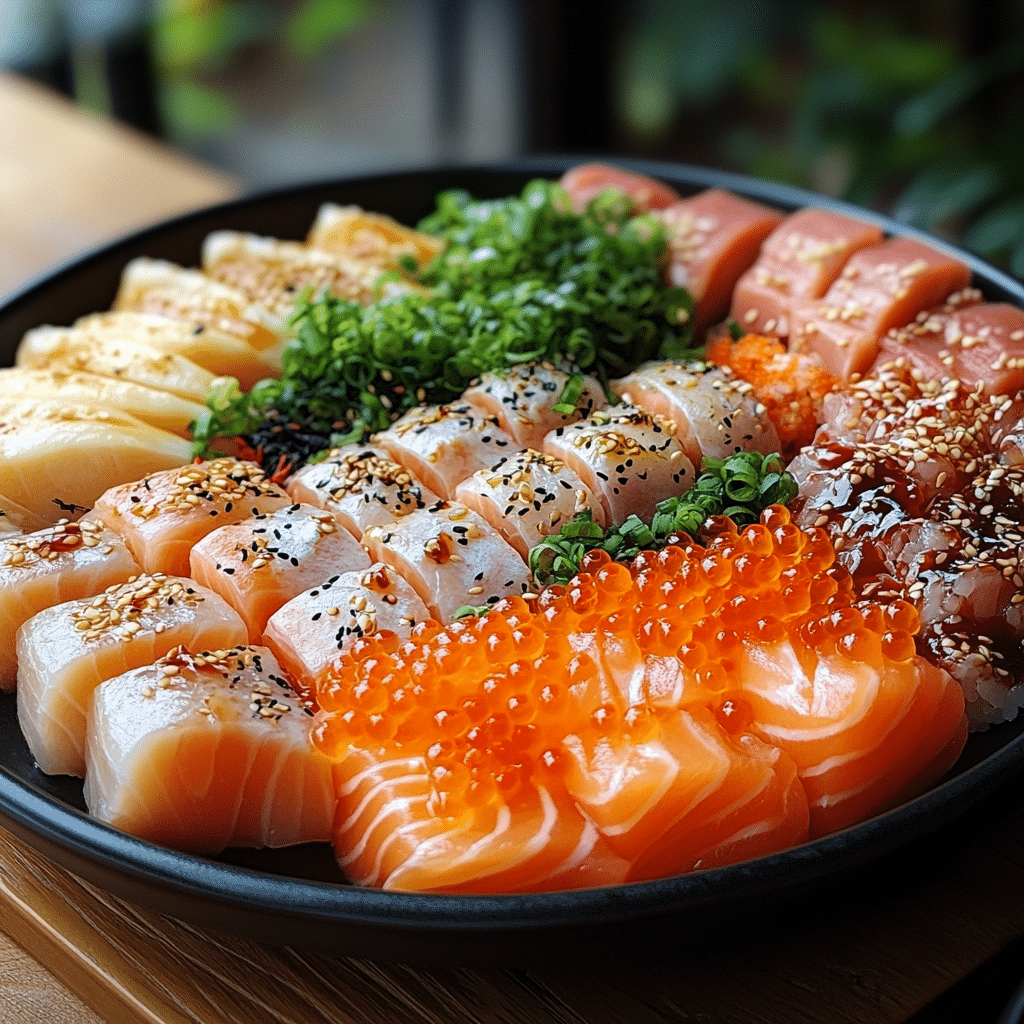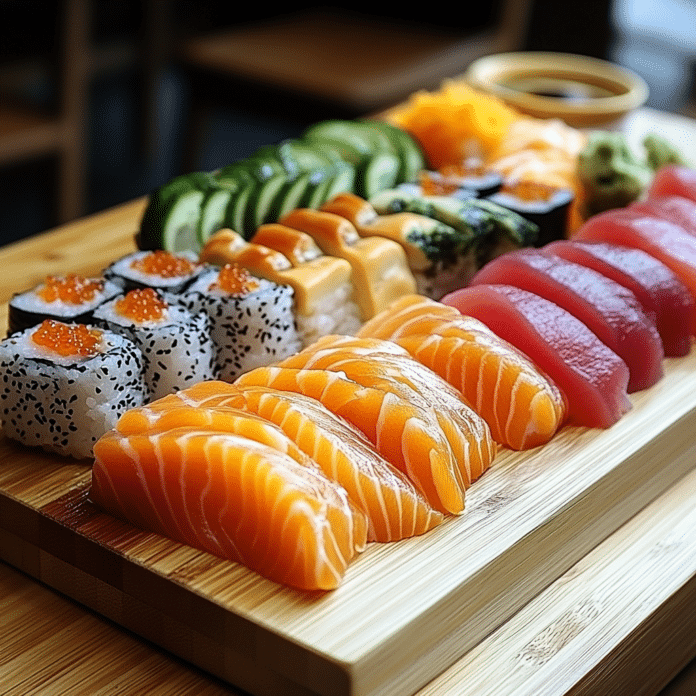As the culinary world increasingly embraces Japanese cuisine, the debate around sashimi vs sushi remains a topic of intrigue for food lovers. Both celebrated delicacies encompass distinct flavors, preparation methods, and cultural significance. Let’s explore the nuanced differences between these exquisite dishes, diving deep into their histories, characteristics, and culinary experiences.
1. Understanding Sashimi: The Art of Raw Fish
Sashimi is more than just raw fish; it’s an art form that pays homage to the sea. Often regarded as a traditional Japanese delicacy, sashimi consists solely of thinly sliced raw fish or seafood, showcasing the natural flavors of the fish itself. Quality is everything. The renowned sushi chef Jiro Ono, from the acclaimed Sukiyabashi Jiro, emphasizes this point well: “the flavor comes from the quality of the product.” His philosophy highlights that top-notch fish can make or break the sashimi experience.
Certain types of sashimi, like Toro (fatty tuna) and Saba (mackerel), provide a buttery texture and a rich flavor profile that cooked dishes can’t replicate. Each type of fish offers a unique taste and texture. Freshly prepared sashimi is often served simply, allowing diners to enjoy its purity. To enhance the experience, dipping sauces such as soy sauce complement the fresh fish, often accompanied by garnishes like wasabi and pickled ginger.
Beyond just taste, sashimi carries cultural weight. It represents a philosophy of simplicity where the focus is on the ingredient’s essence, reflecting the intricate relationship Japanese culture has with food preparation. Each slice is an invitation to slow down and appreciate the artistry of the dish.

2. Delving into Sushi: More Than Just Fish
While sashimi celebrates raw fish in its purest form, sushi brings an exciting array of flavors and presentations to the table. Sushi typically includes vinegared rice combined with diverse ingredients, which may include seafood, vegetables, and even tropical fruits. This makes sushi a broader concept in Japanese cuisine that appeals to a wide range of tastes.
Different styles of sushi include:
Sushi is known for its creativity, with chefs often experimenting with flavor combinations and inventive presentations. In many restaurants, sushi is more than just food—it’s a culinary performance where chefs showcase their skills, turning the dining experience into an art form.
3. Sashimi vs Sushi: Key Differences to Consider
So, when deliberating between sashimi vs sushi, several factors come into play that can help inform your choice:
Understanding these differences can help you refine your culinary choices based on mood and dietary preferences.

4. The Intersection: Nigiri vs Sashimi
As part of the sashimi vs sushi conversation, nigiri holds a unique position. Though it is a type of sushi, it provides an intriguing comparison to sashimi. Nigiri features warm, seasoned rice topped with fresh seafood. The interplay between rice’s warmth and fish’s freshness creates a delightful flavor harmony.
Many chefs and food enthusiasts argue the merits of nigiri versus sashimi. For instance, food blogger David Chang, in his memoir “Eat a Peach,” advocates for the simplicity of sashimi. He boldly claims you can fully appreciate the essence of the fish when it’s enjoyed unembellished. This perspective echoes a broader philosophy in Japanese cuisine that values the quality and purity of ingredients.
Some might prefer nigiri’s comforting sensation, while others may desire the unadulterated experience of sashimi. Both dishes have their place, showcasing the richness of Japanese culinary tradition.
5. Culinary Pairings: Enhancing Your Experience
Whether you’re swinging towards sashimi or sushi, understanding how to pair these dishes can elevate your dining experience. Here are some pairing suggestions:
By pairing your dishes thoughtfully, you invite new dimensions to the flavors.
The Decision: Choosing Your Delicacy Today
Ultimately, the choice between sashimi and sushi boils down to personal preferences and the type of dining experience you’re after. If you’re in the mood for purity and concentrated fish flavor, sashimi is your best bet. On the other hand, if you crave a vibrant tasting journey that showcases creativity and diverse ingredients, sushi may be the right choice.
Both options serve distinct purposes within the culinary landscape, encouraging food enthusiasts to indulge in their unique attributes. Explore the possibilities each dish offers, and celebrate the rich tapestry of flavors and traditions inherent in both. No matter what you choose, each dish ensures that every bite is a journey—a tribute to the artistry of Japanese culture.
For an adventurous spin, check out delicious spots serving sushi and sashimi delights across the globe, or even consider unique pairings like those found at Idaho Springs hot Springs. You might discover fusion dishes that just might have you going back for seconds! The world of sushi and sashimi is full of surprises, so dive in and enjoy!
Sashimi vs Sushi: Which Delicacy Will You Choose Today?
A Taste of Tradition
Diving into the delicious universe of sashimi vs sushi is like unwrapping a gift from Japan’s culinary culture. Both offer an array of flavors and are steeped in history, but did you know that sashimi predates sushi by several centuries? While sushi emerged around the 8th century, initially as a way to preserve fish, sashimi has its roots in the artful preparation of raw fish seen as far back as the 10th century! Think about that next time you’re enjoying a delicate slice of tuna sashimi — you’re savoring a dish that’s been cherished for generations, not to mention a skill that could rival the cast of Kickass in terms of precision and flair!
On a more quirky note, sushi has become a world staple, inspiring chefs worldwide to experiment with flavors. This fusion can remind us a bit of how vagabond shoemakers have turned craftsmanship into an exciting journey, stepping outside traditional boundaries. Similarly, sushi chefs often create their own twist on classic recipes — just imagine a California roll right next to traditional nigiri. Here, it’s all about personal style and the kick of flavor!
Nutritional Nuggets and Cultural Context
Sashimi’s simplicity is its charm, often featuring just the freshest seafood, sliced to perfection, showcasing the fish’s natural taste. It’s like watching a film by Romain Gavras — straightforward but captivating. This type of dish typically has fewer calories than sushi rolls, particularly those with cream cheese or fried elements. If you’re crunching Dijonai Carrington stats, low-calorie options might pique your interest as you weigh your cravings.
Interestingly, while sushi is often seen as an adventurous choice, its foundations rest on rice and fresh ingredients, much like the way 4 cubed can symbolize creativity in mathematics yet remains grounded in a simple concept. Whether you prefer sashimi’s raw elegance or the playful arrangements of sushi, you’re effectively partaking in a cultural exchange that’s been embraced globally. In this food duel, the crunch of a sushi roll contrasts beautifully with the tender, delicate slices of sashimi, creating a delightful balance that plays with your palate.
So, whether you’re keeping an eye on the Russia news on Ukraine or just deciding what to order for dinner, remembering the history and flavors behind your choices elevates your dining experience. Next time you’re choosing between sushi and sashimi, think about the story each dish tells!




